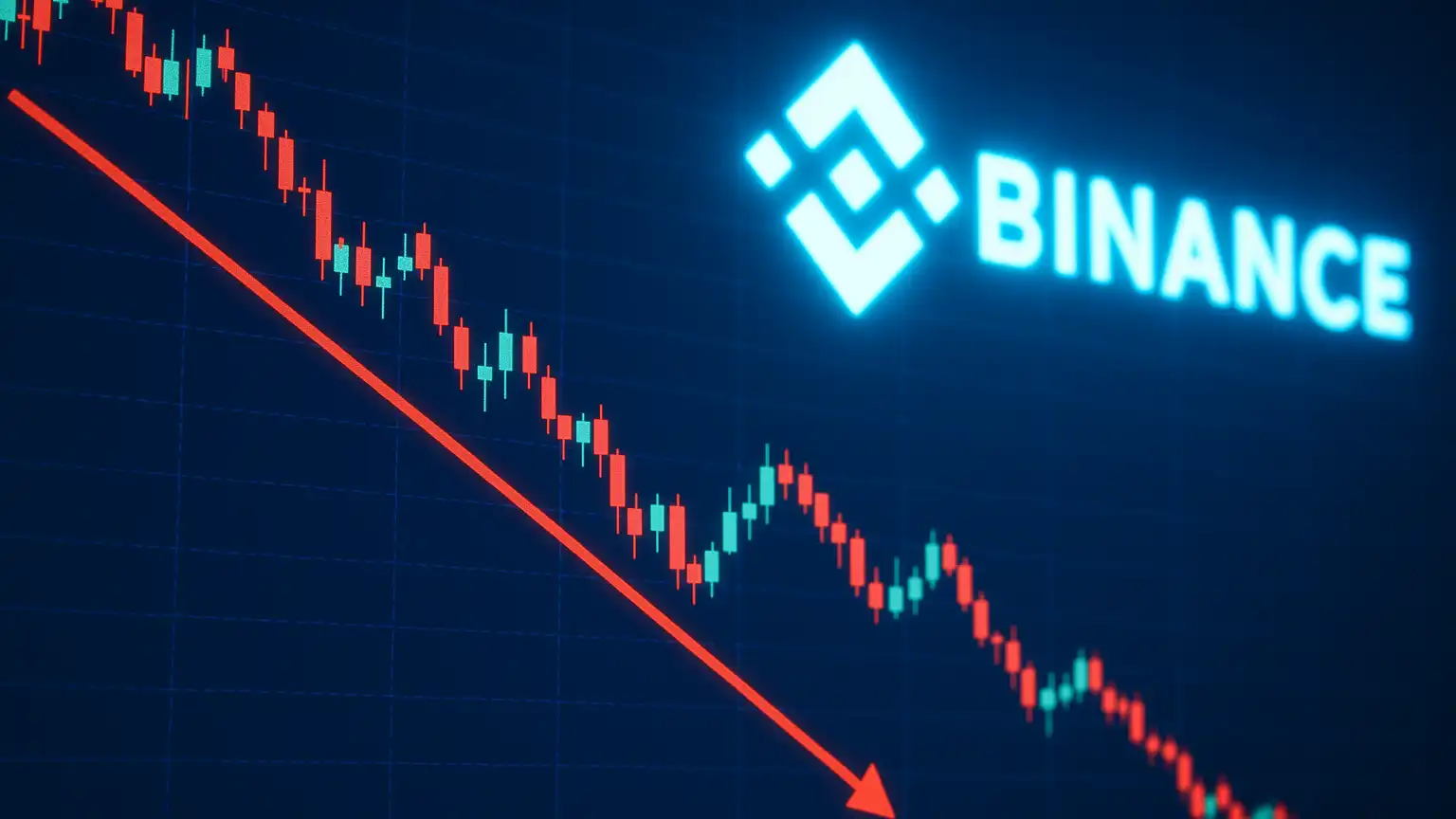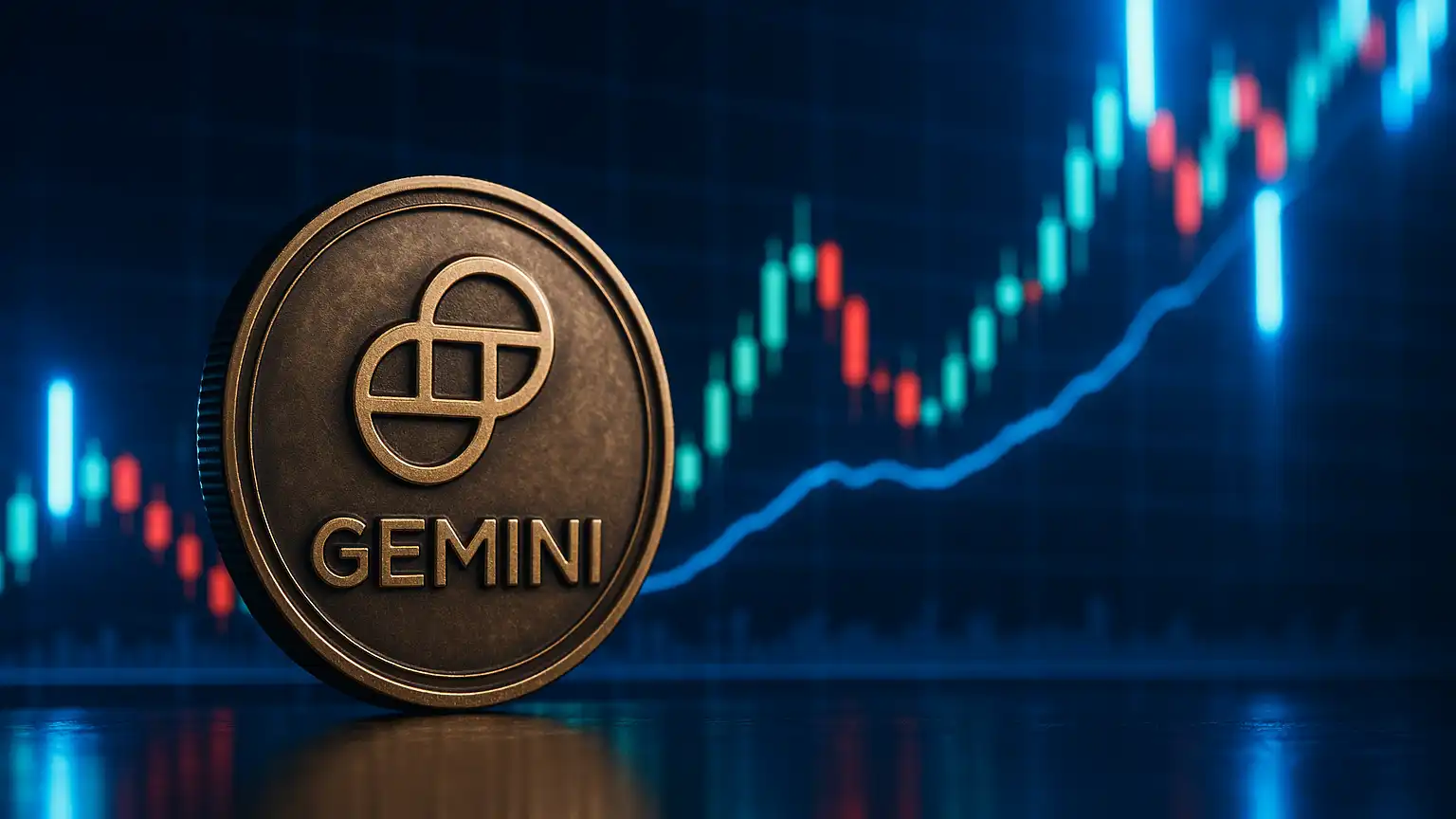Bearish Trends on Binance: What It Means for the Crypto Market
Growing Concerns: Binance Traders Turn Bearish
Recent analysis from CryptoQuant, a renowned crypto analysis platform, indicates that traders on Binance are exhibiting increasing bearish trends. As one of the largest cryptocurrency exchanges globally, Binance plays a crucial role in the market’s dynamics. This shift in sentiment, as noted by researcher COINDREAM, comes after last week’s significant market downturn, which left many investors cautious about the road ahead.
Understanding the Spike in Sell Orders
The data shows a noticeable uptick in sell orders and user deposits on Binance. Notably, three critical metrics paint a concerning picture. First, the perpetual futures contracts’ funding rates have gone negative for consecutive days—a rare occurrence for this year. This bearish sentiment, especially from an exchange that handles a large volume of derivatives, could potentially ripple across the entire crypto landscape. COINDREAM highlights that when funding rates maintain a negative streak, it often signals a bearish outlook, suggesting traders’ anticipation of further declines.
Rise in Deposit Activity: A Prelude to More Selling?
Another indicator of declining confidence is the 7-day moving average of deposits to the exchange, which has been increasing. This rise implies that traders are moving more assets onto the platform, possibly preparing to liquidate their holdings. This behavior is particularly striking as it accompanies falling prices, reinforcing the idea that traders might anticipate further declines and are ready to cash out rather than buy the dip.
The Weight of Market Sell Orders
The percentage of market sell orders remains high, surpassing the 0.52 mark—a threshold that usually signals heightened selling activity. This suggests that despite last week’s price drops, bearish sentiment persists. Traders’ hesitance to buy back in at current levels compounds the outlook, indicating potential continued downward momentum unless critical support levels are upheld or demand resurfaces.
Ripple Effects of the Historic Liquidation Event
The recent downturn, marked by an unprecedented liquidation event on October 10, removed over $19 billion from the market and impacted over 1.6 million traders. This massive exodus, while initially devastating, might serve as a market reset by eliminating excessive leverage. Doctor Profit and other market analysts believe this could set the stage for more grounded trading activities moving forward.
Compensation Strategies and Market Reactions
In response to the crisis, Binance and other platforms have taken measures to compensate affected users. While these actions have provided some solace, the market’s slow recovery suggests that traders remain wary. Bitcoin and major altcoins have started to rebound, albeit not to pre-crash levels, signaling a tentative recovery that requires further positive momentum and confidence.
Economic Indicators Holding the Market’s Fate
Experts concur that crypto’s next move might hinge on broader economic indicators. The trajectory of U.S. stocks and economic data will likely influence crypto’s near-term path. Some optimists foresee a possible rally to new highs if key support levels are maintained, yet that remains a speculative outlook. Meanwhile, COINDREAM’s findings imply that current trends favor a possibly lower trajectory unless external factors bolster the optimism.
Balancing Risk and Opportunity in a Volatile Market
The current landscape requires careful navigation by traders and investors alike. As Binance’s indicators suggest increasing caution, the market awaits clear signals to direct its next major moves. Observers will need to balance risk against opportunity, considering both short-term fluctuations and the broader implications of global economic shifts. While bearish trends create apprehension, they also reset the stage for potential rallies when conditions align. Thus, patience and strategic foresight remain key as the market digests recent events and positions itself for what’s next.



